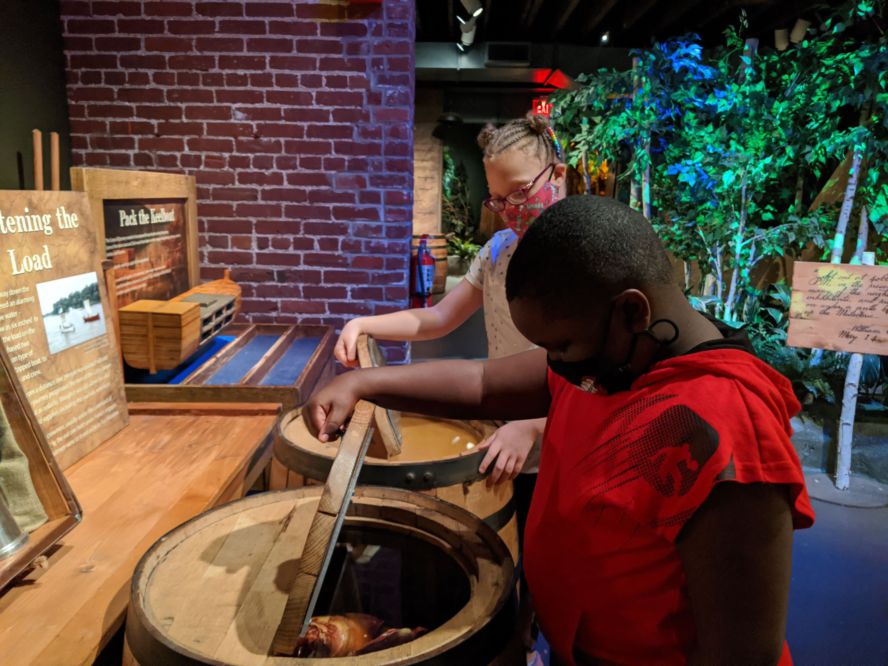This post was originally published on Backstage Pass to North Dakota History and is reposted here with the author’s permission.
I am often called upon with strange and unusual questions. How do I make a mannequin look less scary? What is the white powder covering the taxidermied elk? How do I get a raccoon out from under a historic house? These are all actual museum problems; however, it is generally easier to deal with the mannequin than the raccoon. So how is it that I get so many odd phone calls?

My job here at the State Historical Society of North Dakota is to provide outreach services. I work with museums throughout the state to identify professional training opportunities. I can work with individuals one-on-one, or hold a workshop or training seminar for a group of people. I also help museums in our region stay on top of industry trends, standards, and best practices. I field questions about the basics of running a museum, and I work with museums to analyze their basic health and diagnose underlying problems. Essentially, if you compare what I do to the medical field, I’m a general practitioner. I know a little bit about a lot of things.

In North Dakota, a lot of museums are staffed by dedicated volunteers with little professional training. My job is to help these museum laypeople access the same resources the experienced professionals know about. They call me for a general diagnosis of a problem they are having, and just like a doctor, I help them assess their overall health and analyze some potential problems. It often happens though, that a museum has a unique issue that needs further consultation. In cases like this, I recommend them to a specialist who works with that specific issue more than I do. Just like a doctor will recommend that someone with diabetes see an endocrinologist, I will recommend a consultation with an architectural historian to learn more about appropriate roofing materials for a historic house. While a doctor might have someone with headaches see a neurologist, I will direct someone with questions about digitizing a photo collection to an archivist. A doctor might recommend a pediatrician to a new mom, and I will recommend someone call a professional conservator to help stabilize the historic textiles in their collection. You get the picture.

On a national level the museum community is relatively small compared to other industries, and specialists are often surprisingly accessible if you know who they are and what they do. My office serves as a sort of clearing house, providing access to the wider range of museum field services. There are professionals all over the country who are available to North Dakota museums through the existing networks of professionals, specialists, and other consultants. While I can’t answer every question that comes my way, I usually have an idea of who we can call for more help. I don’t have an answer for every question. I still don’t know why Eleven likes waffles so much, or who Jon Snow’s father is, but trust me—I’m diligently working on the answers.



